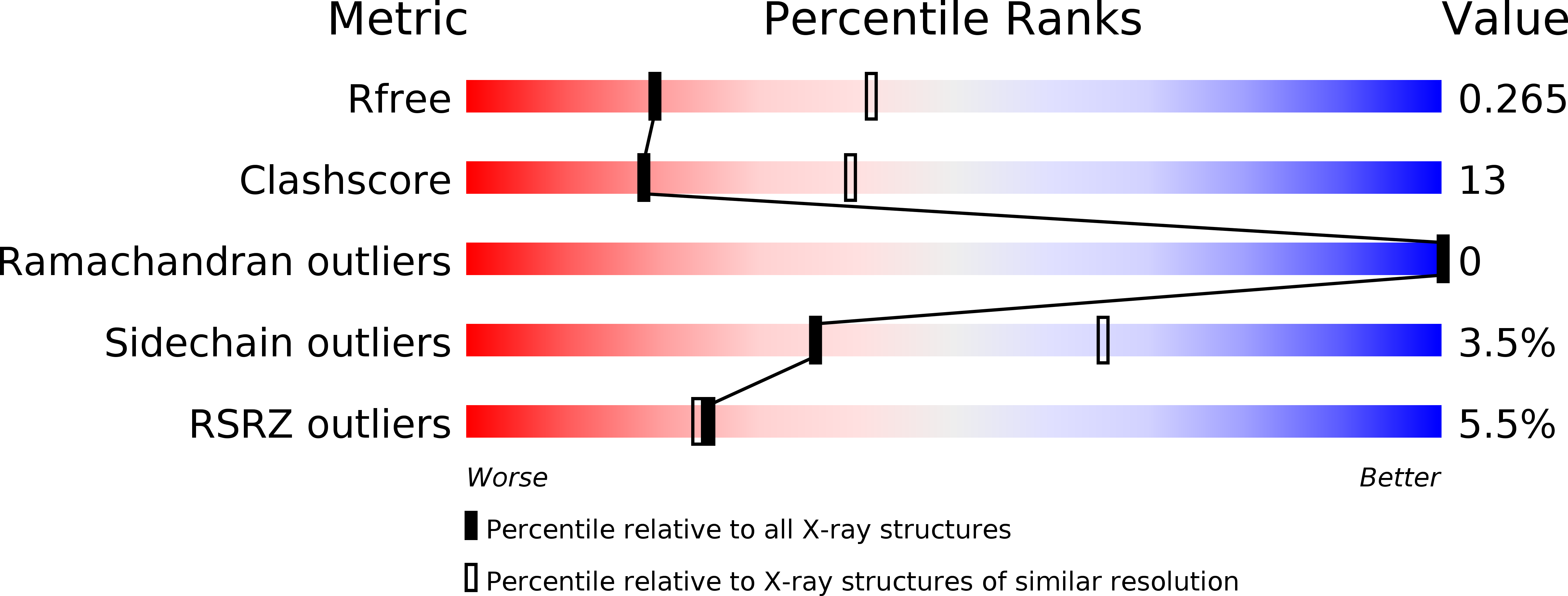
Deposition Date
2015-04-28
Release Date
2015-07-29
Last Version Date
2023-09-27
Method Details:
Experimental Method:
Resolution:
2.70 Å
R-Value Free:
0.27
R-Value Work:
0.23
Space Group:
P 41 2 2


